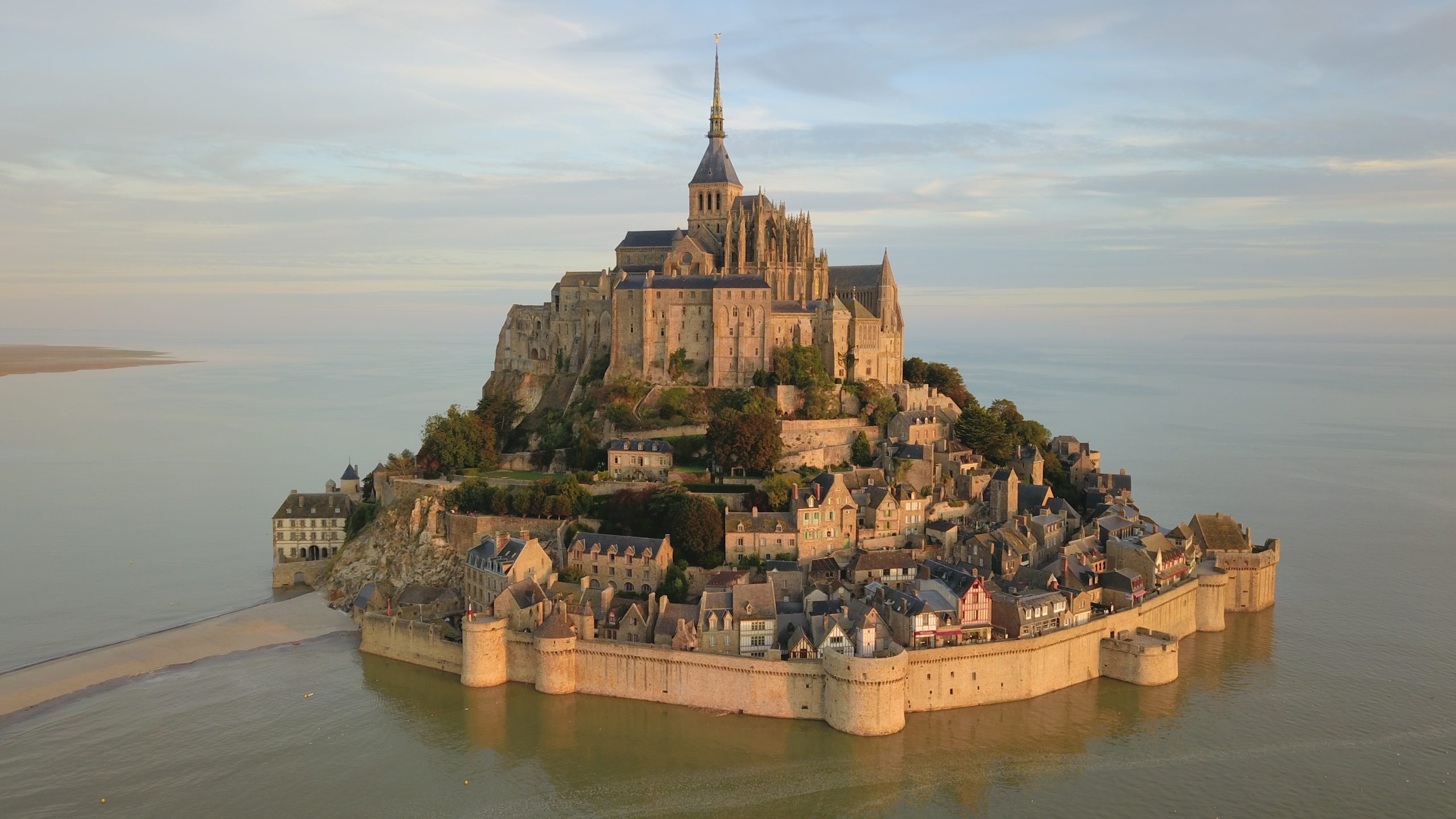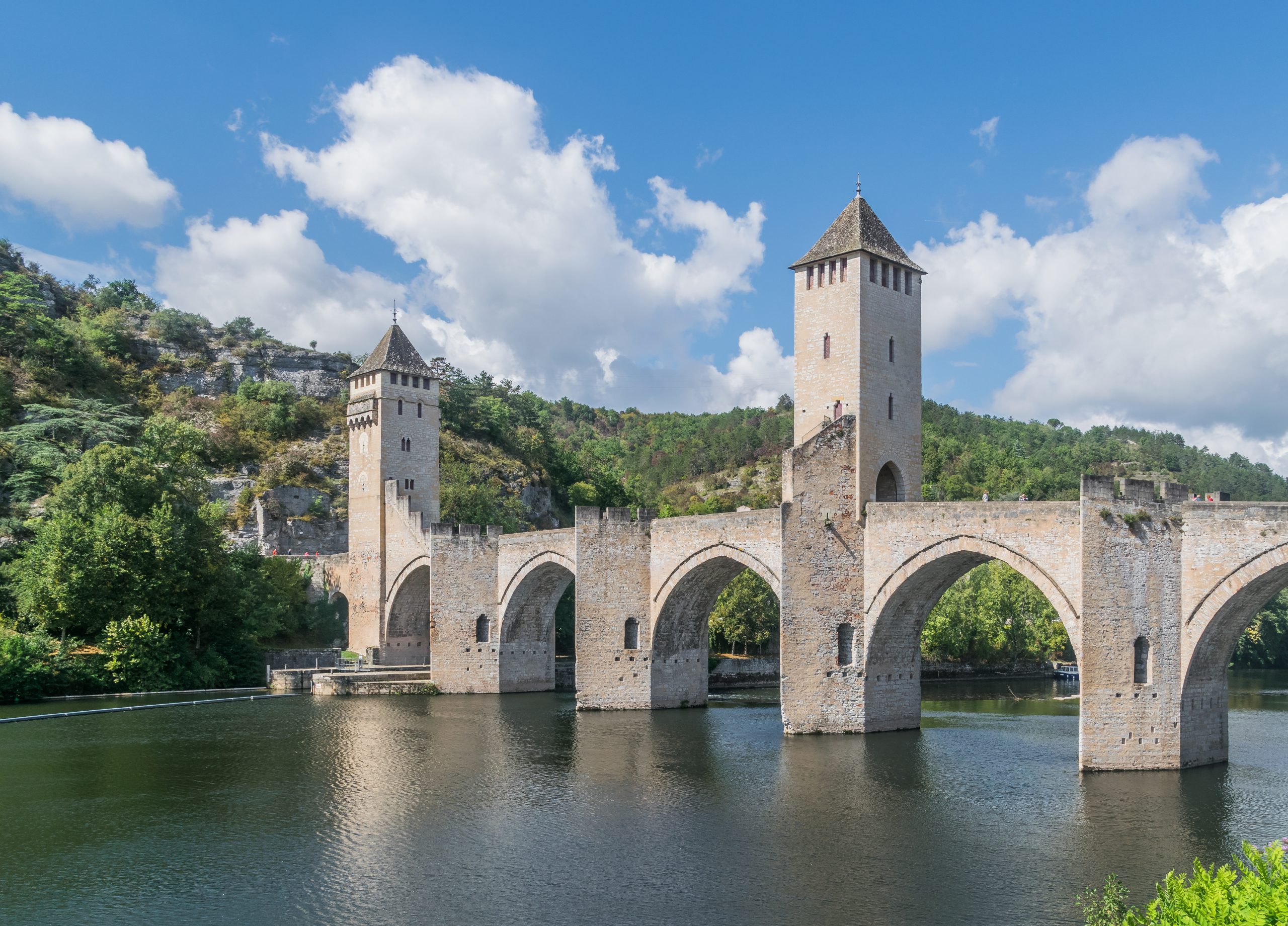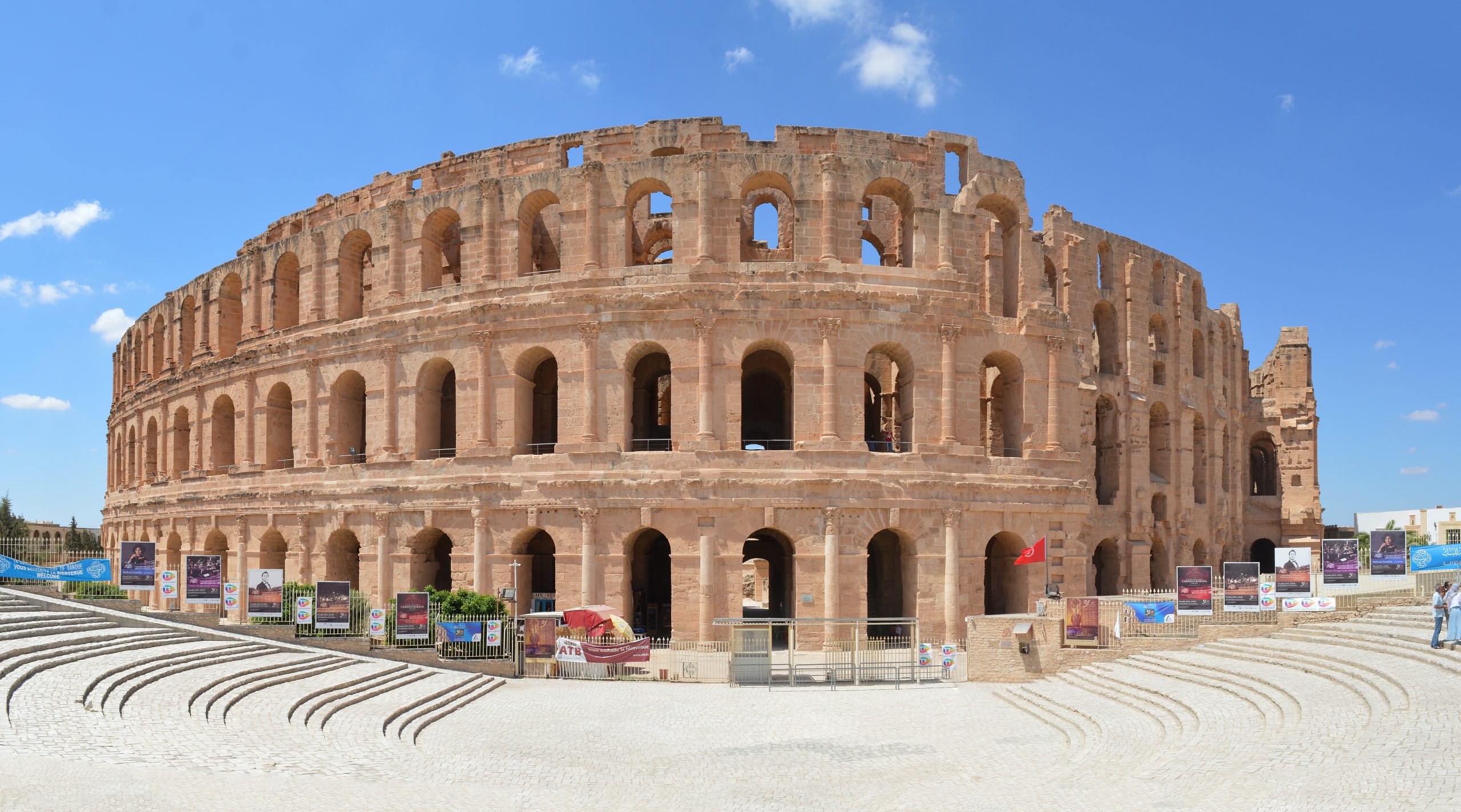Top 20 Ancient Roman Aqueducts
The Romans had an unquenchable thirst for freshwater. Roman bathhouses, latrines, and public fountains, all required an immense amount of water every day. Without aqueducts, none of these luxuries would have been available. With the first aqueduct completed in 312 BCE, the Romans expanded and improved on their designs over time, and created the many examples of Ancient Roman Aqueducts that we see today.
Read More







